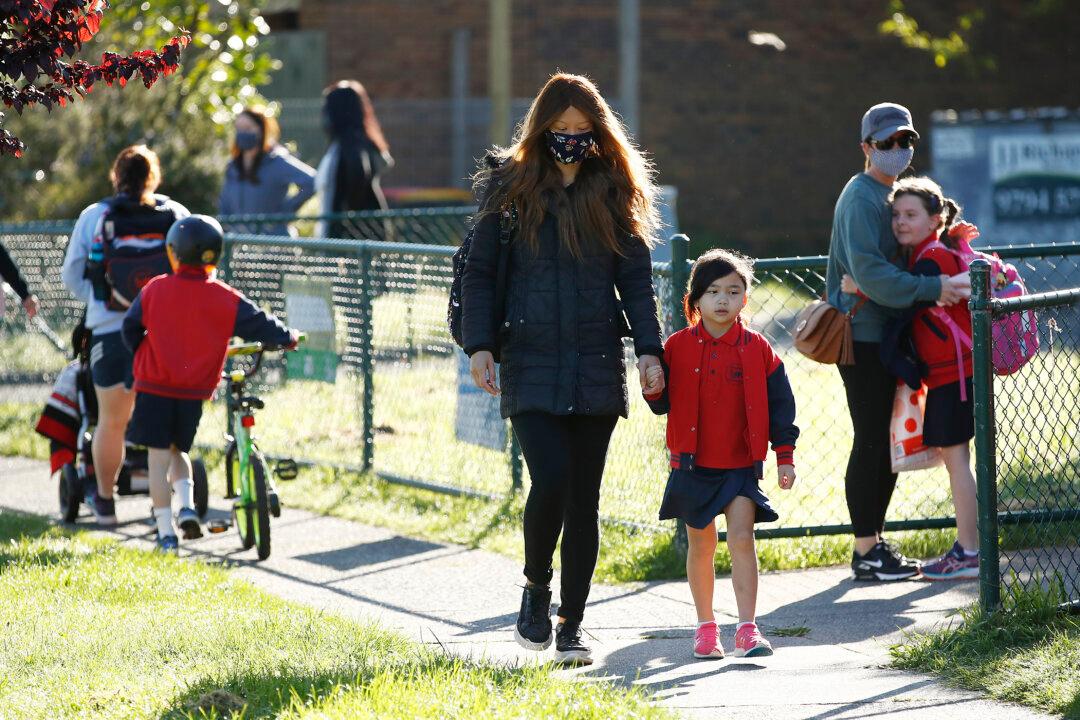Australian universities are calling for wholesale reforms to the country’s immigration system including one proposal for a U.S.-style green card.
In a submission (pdf) to the federal government’s migration review, Universities Australia, which represents tertiary institutions across the country, said complicated visa structures were causing Australia to fall behind other advanced economies in attracting talented researchers and students.





